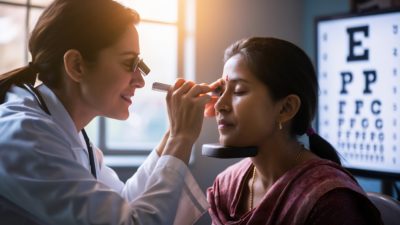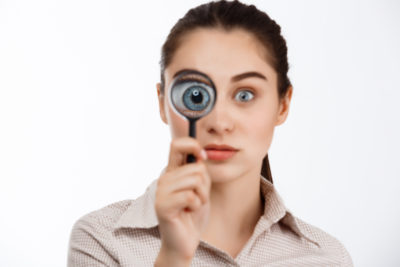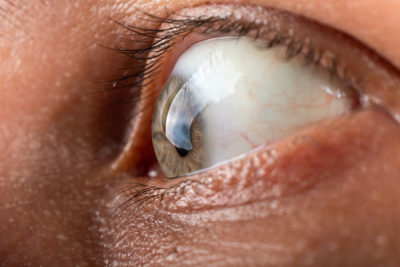Mr. Sinha could not believe his eyes. How was this possible?
He rubbed his eyes. Wasn’t working. Still blurry.
He tried narrowing his eyes. Nope, the dates on the calendar that hung on the opposite wall still looked hazy.
Mr. Sinha couldn’t understand it. Just yesterday, when he had visited his Eye Clinic, he was pretty sure that he had been able to see much smaller letters on the eye test chart. So then, what was different today?
Have you also had this experience, where you thought you could see better at your eye doctor’s clinic than at home?
Researchers at the Washington University School of Medicine may be able to tell you why.
These researchers studied 175 patients who were in the age group of 55 – 90 for four years. Most of them had been diagnosed with glaucoma. The rest did not have any eye problems. The vision of these patients was tested twice within a month – at their eye clinic and then at their own homes.
The results showed that eye test results were markedly better at the eye clinic than at the patients’ homes. This result was consistent, irrespective of whether the patient had glaucoma or had normal vision. About 30% of patients who had Glaucoma could read 2 or more lines better at the eye clinic. Also among those who suffered from near vision, about 20% experienced better vision at the eye clinic.
The reason for this drastic change was found to be better lighting at the Eye Clinic. During the study, digital light meters were used to study the levels of lighting at the home as well as eye clinic. On an average, it was found that the lighting in homes was at least 3 – 4 times lesser than the brightness of an eye doctor’s clinic. The study revealed that
more than 85% of patients in the older age group had lighting below the recommended levels.
Lighting is an important factor especially for those with low vision. As we grow older, our requirements for lighting gradually change too. But we do not always increase the wattage of our lights at home to take care of this additional requirement. For eg, the equivalent of a 100 watt bulb that is needed for reading at the age of 20 years increases to
145 watts -> 40 years
230 watts -> 60 years
400 watts -> 80 years
Though, reading in dim light may not damage your eyes per se, it can definitely lead to eye strain. Here are three tips to optimize home lighting:
- Talk to your local electrician about the maximum recommended wattage limit for your lighting fixture. Placing a higher wattage bulb in an existing light fixture may not always be advisable, as exceeding the recommended wattage may even cause a fire.
- A table lamp may be a better idea than an additional ceiling light. This helps focus light onto your work area and also helps avoid glare and deeper shadows that can come from an excessively bright ceiling light.
- Bringing the light closer to your work. Seems like an obvious thing to do, right? Did you know, that reducing the distance between the light source and your book in half will improve the brightness by four times!
Bad lighting has been known to lower one’s productivity and accuracy. Poor lighting also causes irritated, itching eyes and headaches. The next time that you sit down to solve that crossword or do your taxes, just remember – Don’t turn off the lights!









